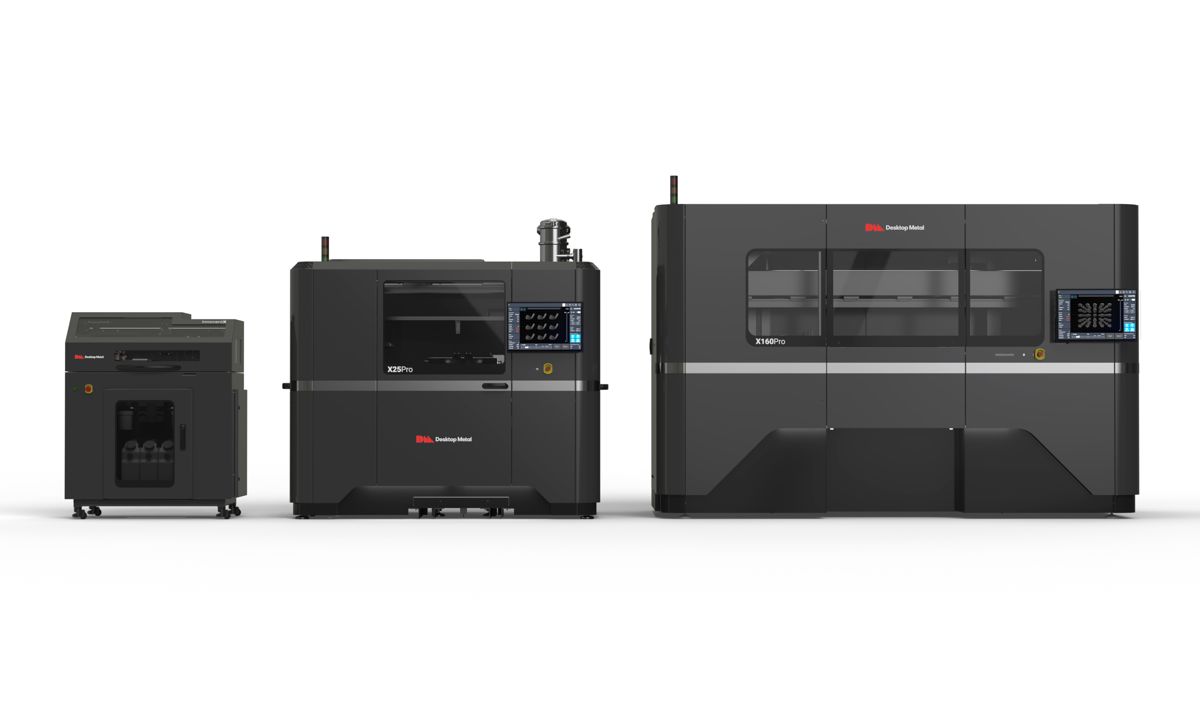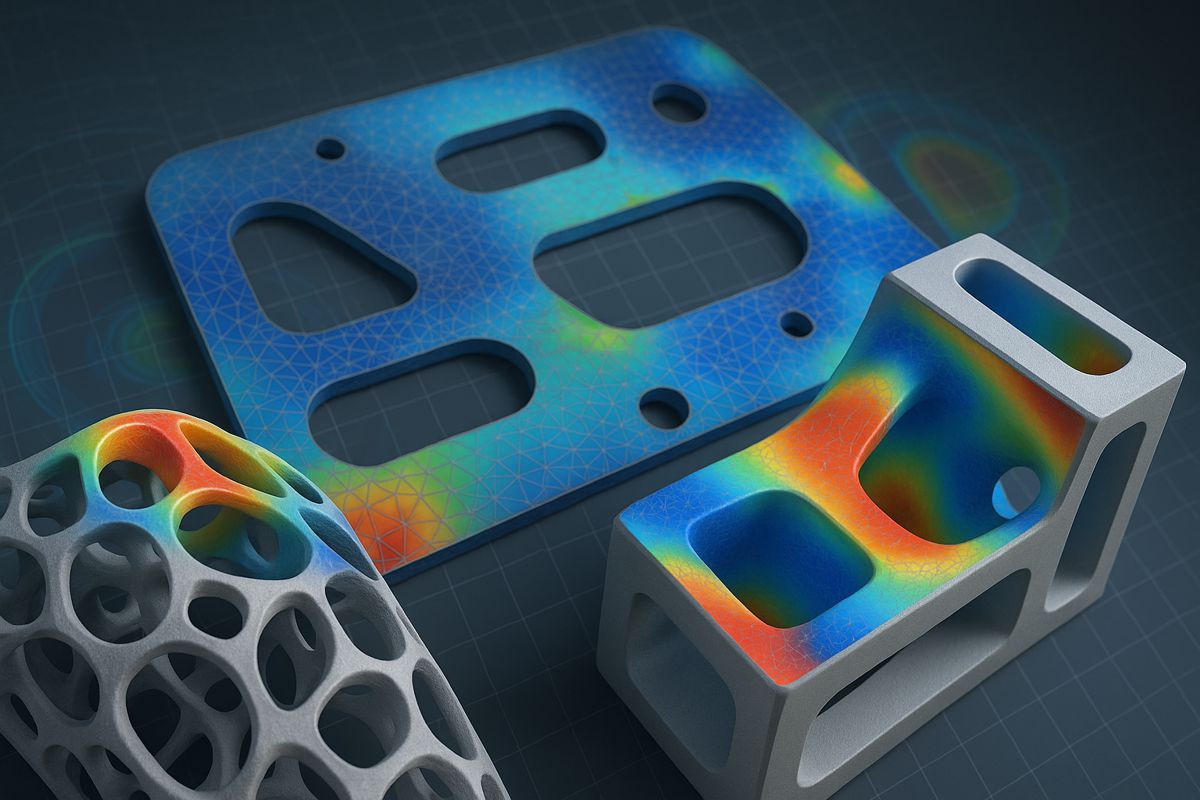Desktop Metal X-Series Additive Manufacturing Systems print Metals and Ceramics
Desktop Metal, a global leader in additive manufacturing technologies for mass production, today announced the launch of the X-Series line of binder jet 3D printing systems for metal and ceramic powders in a wide range of particle sizes.
The newly branded Desktop Metal line of printers is derived from the acquisition of ExOne last fall and will soon be offered with Desktop Metal’s build preparation and award-winning sintering simulation software applications. Additionally, the X-Series will now be supported by Desktop Metal’s experienced global support team.
The X-Series line offers a differentiated approach to binder jetting enabled by patented Triple ACT – an advanced compaction technology for dispensing, spreading and compacting powders during the binder jet printing process. This flexible, open material platform architecture is capable of binding together a wide range of powders with a D50 of 3 to 100 microns.
Desktop Metal now offers three X-Series models:
- InnoventX™, an affordable, entry-level binder jet system perfect for academic, R&D, and low-volume production applications;
- X25Pro™, an accessible and productive mid-sized solution already being used for volume production globally, featuring a build box of 400 x 250 x 250 mm (15.75 x 9.84 x 9.84 in); and
- X160Pro™, the world’s largest metal binder jet system, featuring a build box of 800 x 500 x 400 mm (31.5 x 19.7 x 15.8 in).
“Desktop Metal’s X-Series printers give customers more choices than ever when it comes to binder jet additive manufacturing,” said Ric Fulop, Desktop Metal Co-founder and CEO. “Our team is moving aggressively to drive additive manufacturing into mass production through a focused strategy of production-capable printers, high-performance materials, and key applications. Binder jetting is the key technology that enables all the benefits additive manufacturing has to offer at scale, from reduced waste to more efficient, lower-risk supply chains.”
Binder jetting is widely regarded as the fastest method of metal 3D printing for high-volume output. First patented at the Massachusetts Institute of Technology by Ely Sachs, a professor of mechanical engineering and co-founder of Desktop Metal, the process prints digital part designs by using industrial inkjet printheads to rapidly deposit binder into a bed of metal, sand, ceramic, or wood particles, creating batches of solid parts, one thin layer at a time.
X-Series printers repeatably deliver tight dimensional tolerances and densities of 97-99% or greater — in line with or surpassing metal injection moulding or gravity castings. Surface roughness values as low as 4 µm (Ra) can be achieved directly out of the furnace.




















